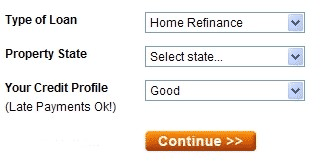Negative Amortization – Glossary Term
Negative amortization mortgages have been responsible for many of the foreclosures because borrowers were not properly counseled on how these mortgages work.
Negative Amortization Definition
Negative amortization is when the mortgage payment is not enough to cover the interest portion of the payment. These mortgages were sold as “pick a payment” or “option ARMs”.
Negative amortizing mortgages give borrowers a choice of mortgage payments each month. One of the choices is a minimum payment. The minimum payment is so low it is not enough to cover the interest each month.
The others are an interest only mortgage payment, a 30 year fully amortized payment, and a 15 year payment. But these loans were sold with emphasis on the minimum payment.
For example on a $300,000 loan at 6%, the fully amortized interest portion of the payment would be $1,500. However, borrowers are given a minimum payment choice of $1,000.
That means the minimum payment is short $500 of interest!
Each month the minimum payment is made, the $500 of unpaid interest gets tacked onto the balance of the mortgage.
So at the end of the year, $6,000 ($500 X 12 months) would be added to the mortgage balance. Hence, the phrase “negative amortizing”…since the balance goes the opposite way of normal amortization.
To say it another way, increasing mortgage balances demonstrates negative amortization.
And negative amortization means negative equity in a market without increasing values. This causes the upside down home. The mortgage is more than the home is worth.
Unfortunately, some borrowers do not know their mortgage is potentially negative amortizing. They don’t find out until they want to refinance or sell and their mortgage balance is thousands of dollars higher than they started.
Previous Post:« Mortgage Broker – Glossary Term
Next Post:» Origination Fee – Glossary Term
Tags: Mortgages • Negative Amortization • Option ARM


Leave a Reply